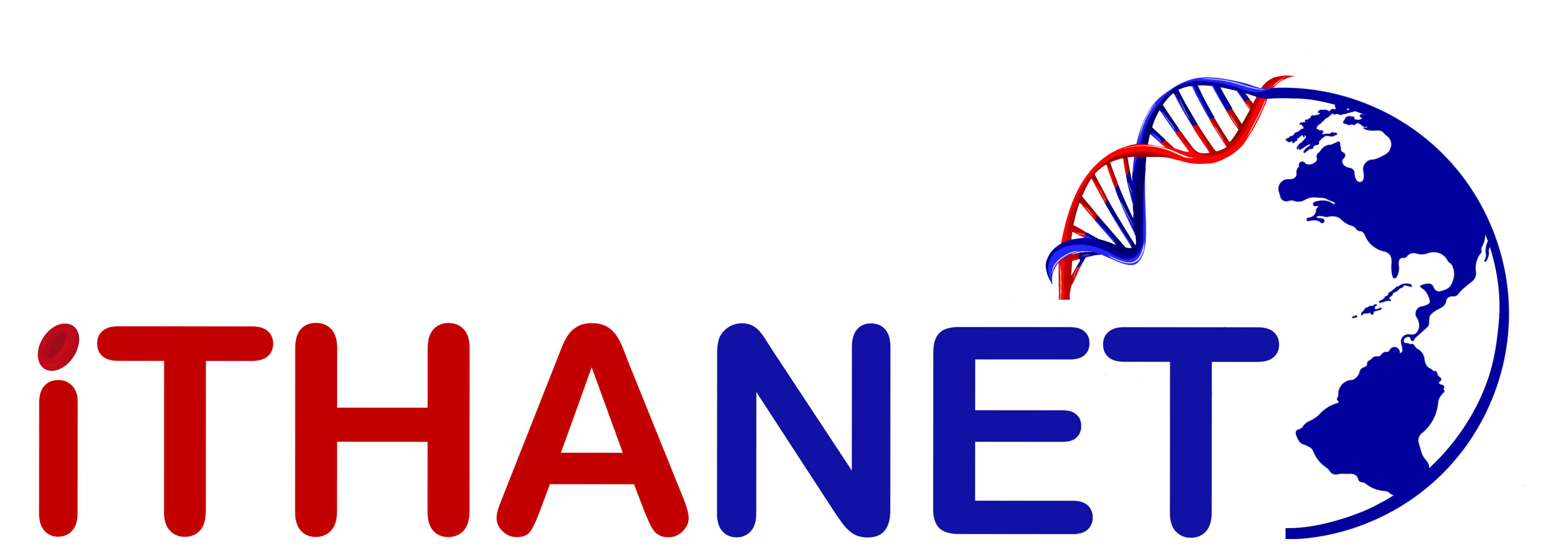GeneID: 85
Names
| Common Name: | LCAT | Type: | Gene |
|---|---|---|---|
| Chromosome: | 16 (NC_000016.10) | Locus: | NG_009778.1 (LCAT) |
| HUGO Symbol: | LCAT | Full Name: | lecithin-cholesterol acyltransferase |
| Exons: | 6 | Introns: | 5 |
Description:
The encoded enzyme plays an important role in the process of reverse cholesterol transport. LCAT is produced by hepatocytes and released to plasma, where it acts on lipid substrates on the surface of high-density lipoprotein (HDL). LCAT binds to HDL and becomes activated by apolipoprotein A-I to catalyse the conversion of cholesterol to cholesteryl esters. The latter are metabolically inert and, being less polar than cholesterol, accumulate in the HDL core for subsequent delivery to the liver. This process of cholesterol esterification produces globular HDL particles that serve as acceptors for additional cholesterol from peripheral tissues. Mutations in this gene have been found to cause fish-eye disease as well as LCAT deficiency. Polymorphisms in this gene associated with pulmonary hypertension in sickle cell patients.
Synonyms: phosphatidylcholine--sterol O-acyltransferase
Comments:
N/A
Number of entries/variants: 1
Sequence Viewer
Publications / Origin
- Dobiásová M, Frohlich JJ, Advances in understanding of the role of lecithin cholesterol acyltransferase (LCAT) in cholesterol transport., Clin. Chim. Acta , 286(1), 257-71, 1999 PubMed
- Ikonen E, Cellular cholesterol trafficking and compartmentalization., Nat. Rev. Mol. Cell Biol. , 9(2), 125-38, 2008 PubMed
- Ashley-Koch AE, Elliott L, Kail ME, De Castro LM, Jonassaint J, Jackson TL, Price J, Ataga KI, Levesque MC, Weinberg JB, Orringer EP, Collins A, Vance JM, Telen MJ, Identification of genetic polymorphisms associated with risk for pulmonary hypertension in sickle cell disease., Blood , 111(12), 5721-6, 2008 PubMed
